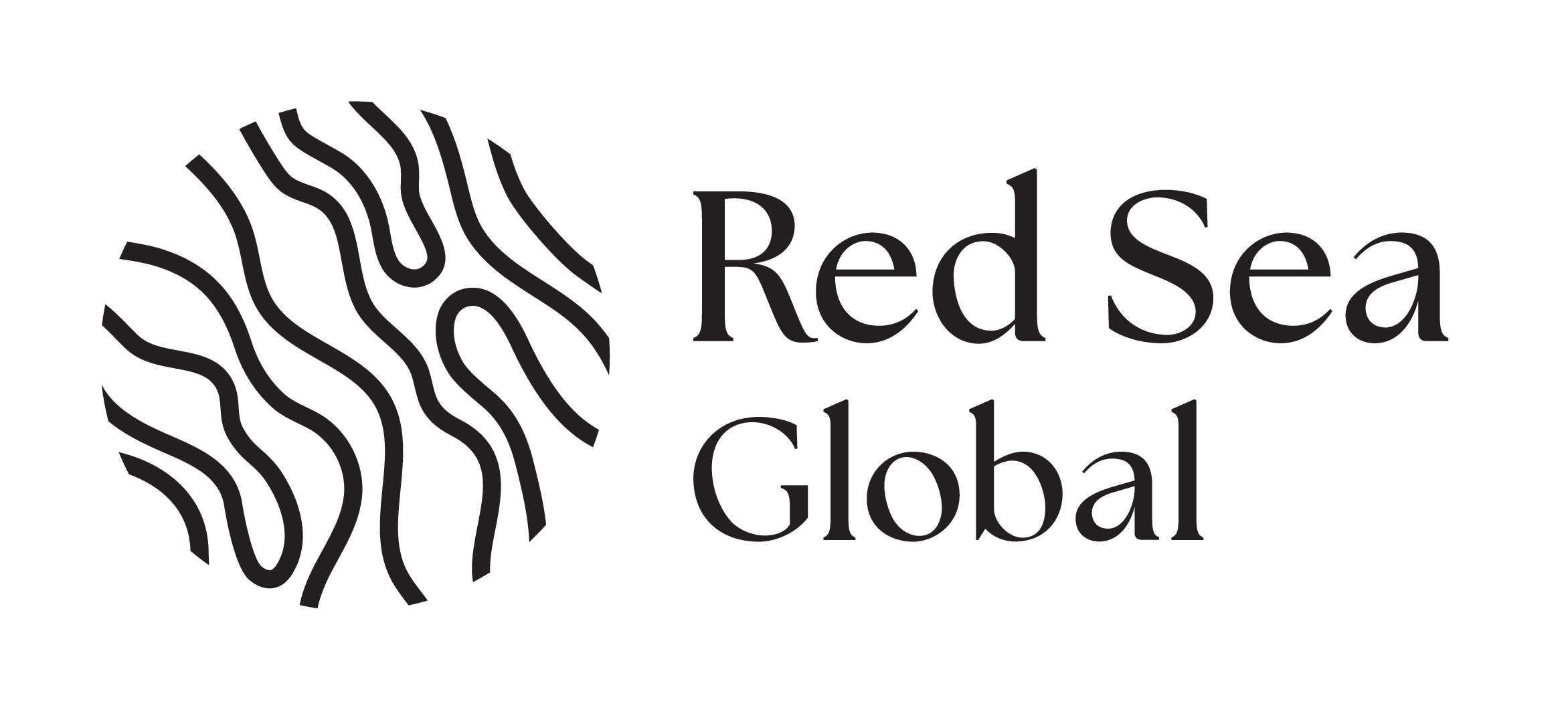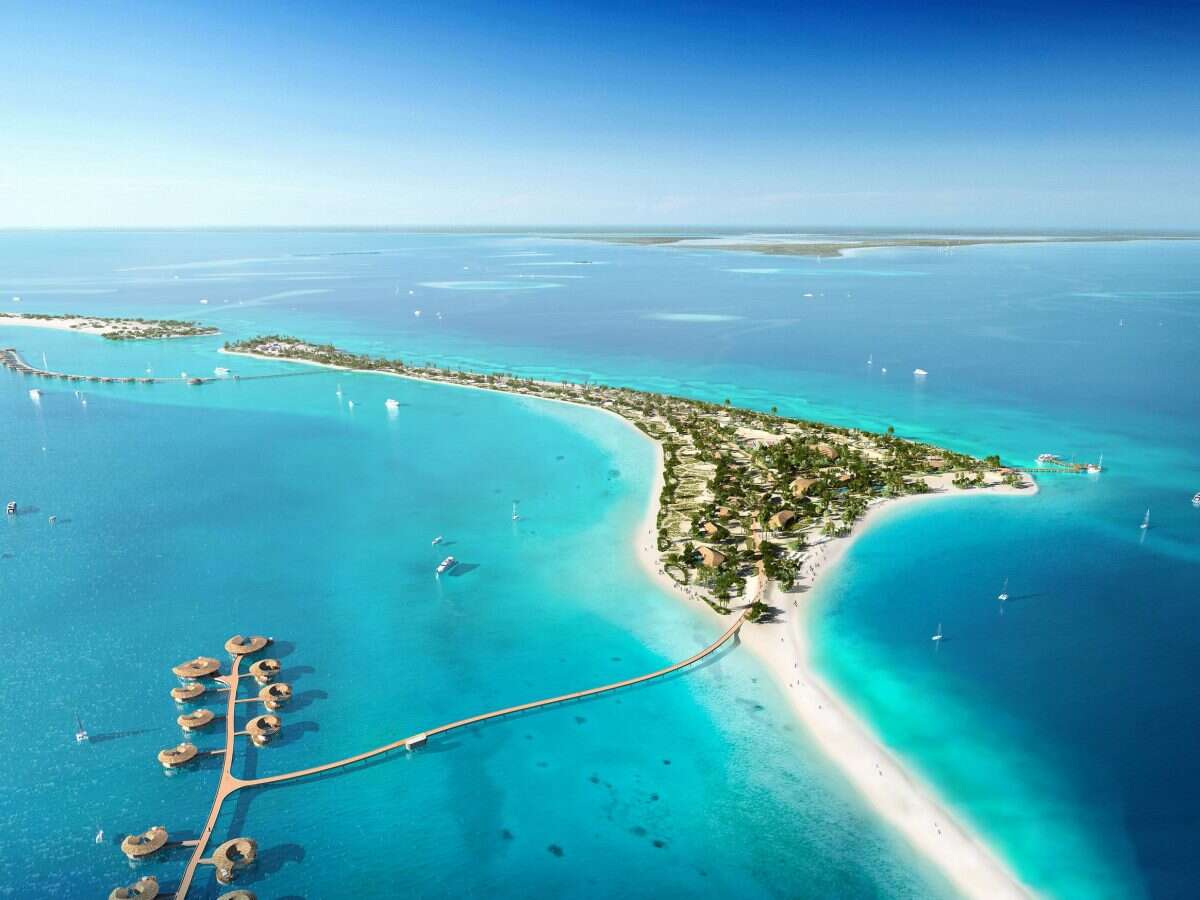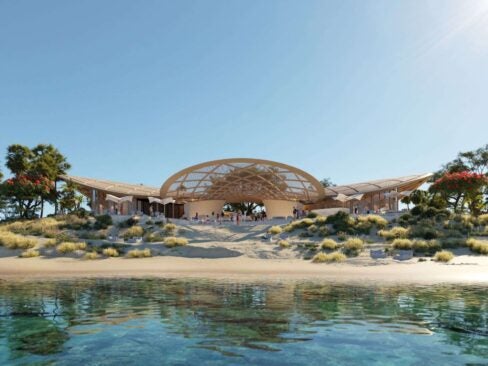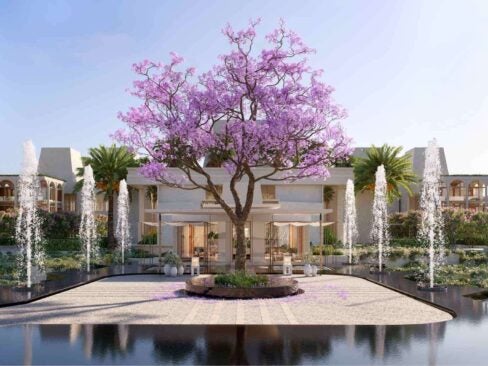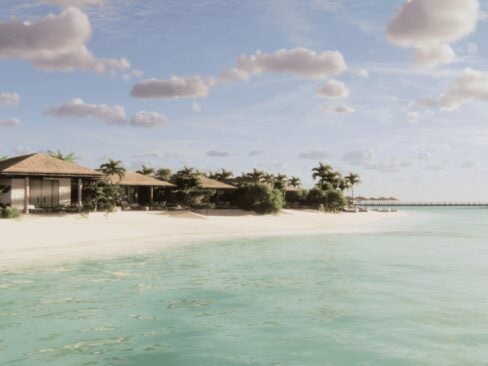When people think of Saudi Arabia, the epic rolling sand dunes of Rub’al-Khali are often the first images that come to mind. The desert, however, is far from the full story. Indeed, the Kingdom contains over 1,000 miles of coastline, boasting some of the most diverse, beautiful and unspoiled coral systems on the planet.
The Red Sea has been used by traders and travelers alike for thousands of years, acting as a vital artery between Africa and Asia. Red Sea Global — a key player in delivering Saudi Arabia’s Vision 2030, diversifying the Kingdom’s economy — is building upon this lineage, sculpting research and activities infrastructure that celebrates, protects and regenerates its coast and waters.
Red Sea Global is currently transforming two sites along the west coast of Saudi Arabia, The Red Sea and Amaala. These projects represent two of the largest hospitality and tourism ventures on the planet, bringing vast new opportunities to the Red Sea while creating a space for world-leading conservation and environmental research programs. Diversifying into and growing “the blue economy” is a central tenet of this vision.
The Red Sea encompasses one of the last great untouched natural ecosystems. This project spans over 120 miles of undeveloped coastline and over 90 pristine islands. Red Sea Global intends to turn this landscape into a tourist venture unlike any other, with regeneration at its core, attracting visitors from across the globe who are keen to witness the beauty of the Red Sea and the conservation work being done to protect it.

It all begins with a survey
Red Sea Global intends not just to conserve but to have a 30% net positive impact on this ecosystem. This will be achieved through an extensive program of conservation efforts across the Red Sea, including utilizing 100% renewable energy and only developing 1% of the total 11,000-square-mile project area.
Dr Ivor Williams, director for fish, protected and mobile species monitoring at Red Sea Global, led the team that conducted the Environmental Baseline Survey upon which these targets are formed — the largest environmental survey ever undertaken by a development company.
[See also: John Pagano Sets Out Vision for Red Sea Global]
“It’s important first to understand that the area we are dealing with is huge, extremely diverse and before we started a lot of it had never been studied before,” says Williams. The purpose of the Environmental Baseline Survey was to comprehensively analyze the species and habitats throughout 120 miles of the Red Sea coastline.
“In total, we undertook over 300 separate coral reef and fish surveys at The Red Sea area and around 80 for Amaala, which is a smaller site. That amounts to a lot of information, and allows us to make really good management decisions. We also surveyed every single one of the 90 islands within the project area, generally multiple times, conducting different kinds of surveys for example specifically looking at sea bird breeding colonies or turtle nesting activity. We also surveyed marine mammals – including dolphins and dugongs that are commonly encountered in some of our habitats.”
Protection and conservation
One of the ways Red Sea Global is approaching the conservation process is to section out the areas of operation into different use zones. Much of the highest conservation value habitat will be in very large, highly protected zones to allow ecosystems to recover to extremely intact ‘wilderness states’, however, some will be mixed-use or dedicated to sustainable fishing for the local population.
The baseline survey discovered that many of the islands located in the Red Sea are vital breeding grounds for sea birds. “These populations are doing fine but we can improve them,” says Williams. “We are now beginning a project to explore the eradication of pest species that prey on eggs and hatchlings from key breeding islands, which should improve breeding success and strengthen the populations.”
[See also: John Pagano on Making The Red Sea Project a Reality]
One of the biggest stars of the Red Sea is its incredible coral reefs. “You can look over a field of coral and each are hundreds of years old,” says Williams. “We have come across areas that are astoundingly healthy, we found one particular coral colony that was over eight meters (26ft) high and several hundred years old.”
Visitors to the Red Sea will be able to witness some of these incredible reefs, but visitor numbers and activities will be carefully monitored to ensure the area is protected. “We want people to be able to experience these incredible places,” adds Williams. “If managed correctly tourism and conservation can coexist,”
A variety of research and investment programs have either been conducted or are currently underway, attracting leading marine biologists from around the world. They include carbon sequestration studies; the wilding of lab-grown coral; a competition around brine disposal; and leading work on coral spawning patterns. The findings of this cutting-edge work promises to have an impact far beyond KSA, but it is also being used to engage and educate visitors to the site.
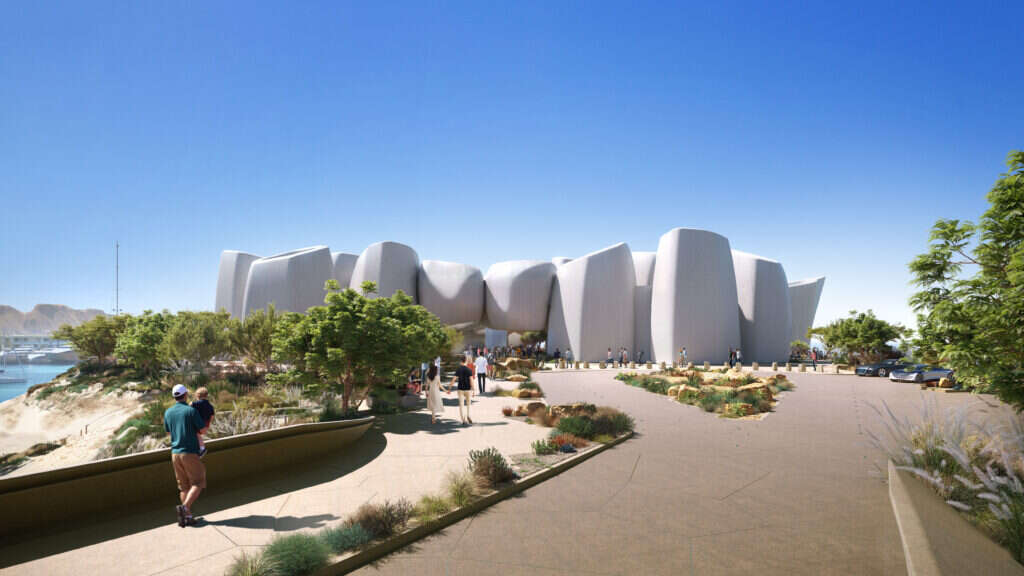
Marine Life Institute
Warren Baverstock first visited the Red Sea in 2003 as part of a film crew that was capturing Arabia’s cycle of life. “I spent three weeks diving offshore in Saudi Arabia where I got to explore the incredible reefs,” says Red Sea Global’s senior director of marine life development. “I returned in 2019 to do this incredible job, helping to deliver Vision 2030 with world-class tourism ventures that have a close connection to the sea.”
Baverstock has spent 25 years in the commercial aquatic industry, previously serving as director of aquarium operations at the Burj al Arab in Dubai. One of the main projects he is working on as part of Red Sea Global is the development of a marine life institute at Triple Bay — a key feature of the Amaala project. Much of his role revolves around how best to make this maritime agenda a key feature of the guest experience.
[See also: The Red Sea Project Aims for Regenerative Societal Impact]
“With the marine life institute, we wanted to create something unlike anything else in the world,” says Baverstock.
Unlike a typical aquarium experience, the marine life institute gives the science and research that is taking place on-site prominence over the tourism opportunities.
“This is the back-of-house experience that everyone is desperate to see when they visit an aquarium,” adds Baverstock. “It will give visitors a unique access to the scientists and the research that is taking place.”
The marine life institute will be filled with researchers who are regularly going out into the field, with visitors even able to accompany them into the Red Sea during their conservation efforts. “This is absolutely a world first, it fits perfectly with the Vision 2030 goal of creating a collection of incredible world-class tourist attractions,” says Baverstock.
A world-class sea tourism destination
The scale and beauty of the ecological diversity has created the opportunity for a vast array of tourist attractions. “There will be diving experiences, coral farming, tracking and tracing with a marine biologist, trips to see dolphins and turtle nesting areas; the potential of the Saudi Arabian Red Sea is incredible,” says Baverstock.
Few attractions worldwide allow visitors to get so close to the action, however, Red Sea Global intends to take things a step further. A submarine trip is one possibility, fulfilling both a scientific and tourism role. Sometimes it will be taking up to six guests beneath the waves, other times it will be used to go far deeper (down to 3,200ft) with researchers on board. The discoveries made during these expeditions will be shown to visitors in the theater at the marine life institute.
[See also: The Red Sea Project Calls for Partners Committed to Change]
In addition to his role in the creation and delivery of the marine life institute at Amaala, Warren Baverstock has also been tasked with the delivery of all dive businesses across Red Sea Global – an area of the utmost importance in the context of destination activities for the group.
“The experience we are offering will be the kind where everything is taken care of,” says Baverstock. “From the moment you arrive right up until the end of your trip you will be looked after to ensure the safest, highest quality experience possible.”
The diving opportunities that are currently being crafted by Baverstock and his team are designed to suit all experience levels. “We will be ticking everyone’s boxes,” says Baverstock. “Our first location alone has 12 miles of unexplored barrier reef, we are so proud to be delivering such an incredible experience.”
Both above and below sea level, the efforts being made to grow and showcase KSA’s unique coastline promise an experience like no other.
To learn more visit redseaglobal.com





